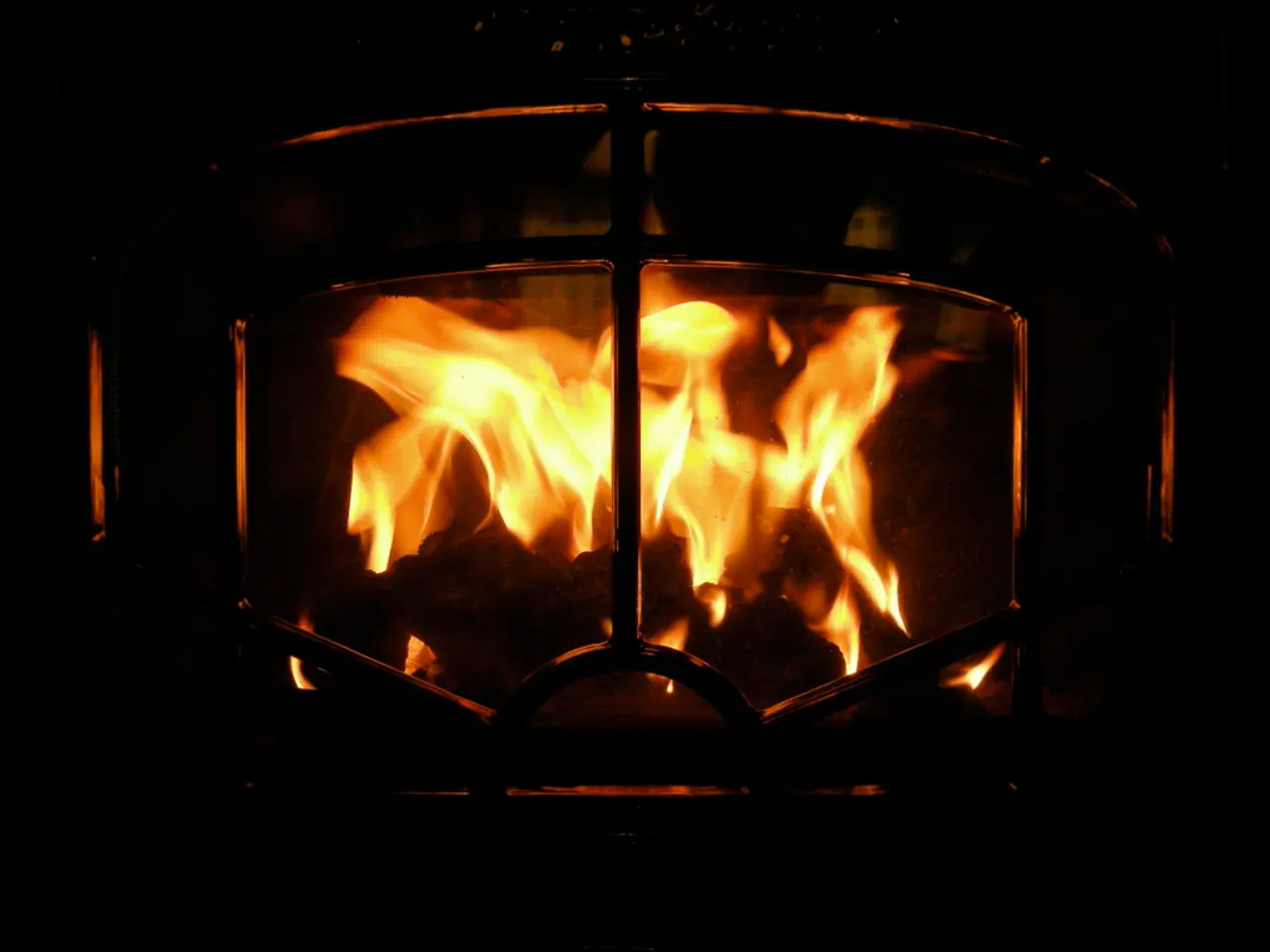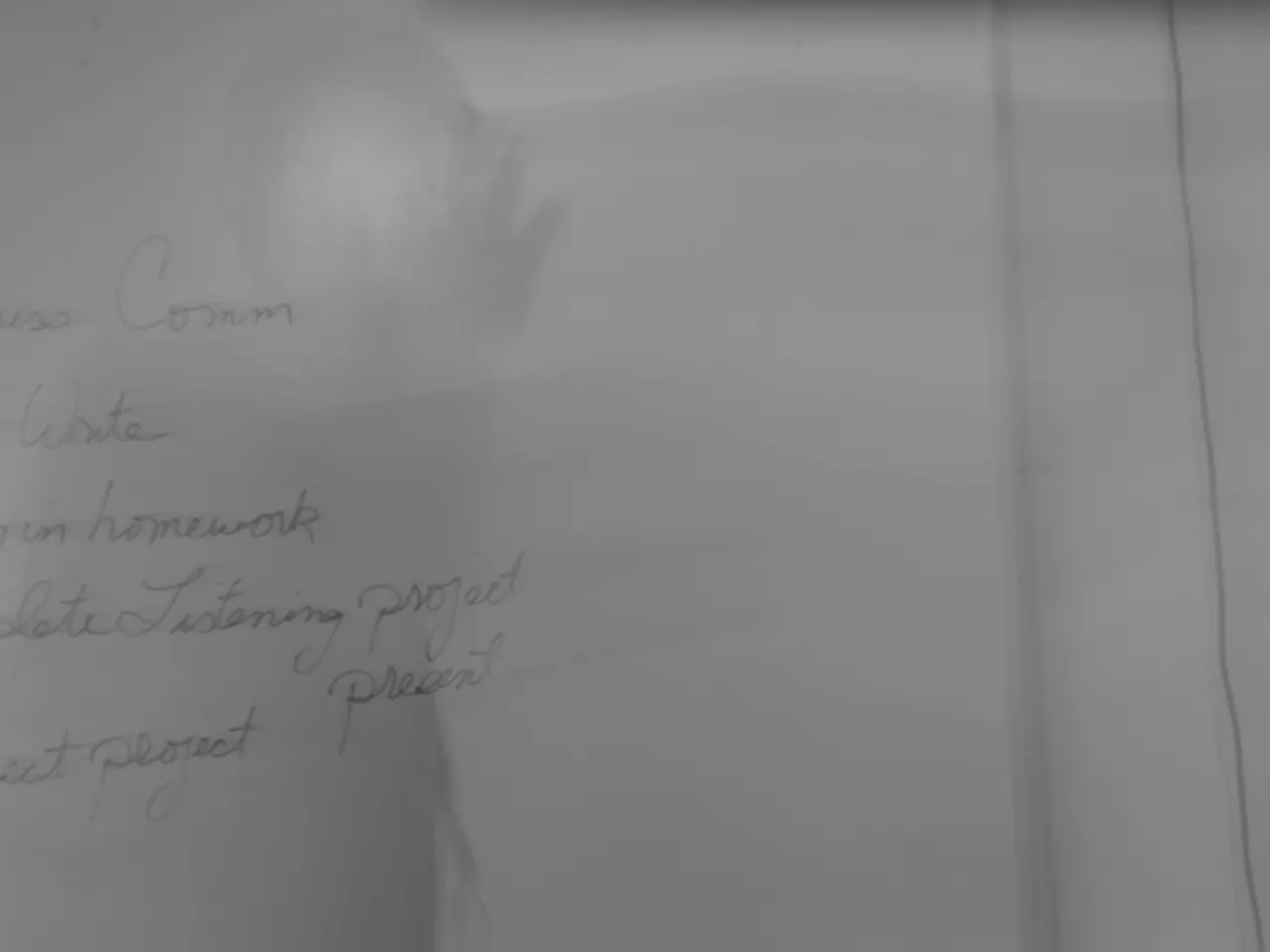Trial Begins for Pivotal New York Climate Legislation
New York's implementation of the CLCPA's cap-and-invest program has faced significant delays, with the state failing to meet the January 1, 2024 deadline to finalize the rules for the program. In January 2025, Governor Kathy Hochul announced that plans to advance the cap-and-invest rules would be slowed down due to the program's complexity and political challenges[1].
The cap-and-invest program, designed to put a declining annual limit on emissions and generate funds for clean energy projects, is crucial for New York to meet its legally mandated greenhouse gas reduction targets. The CLCPA requires a 40% reduction by 2030 and an 85% reduction from 1990 levels by 2050[1][2]. The delay in implementing the program raises concerns about the state's ability to achieve these targets on time.
The delay has resulted in additional implications:
- Higher energy and utility costs for consumers due to programs under the Climate Act, leading to debates over regulatory safety valves intended to temporarily suspend programs if they impair electric service affordability and reliability[2].
- Ongoing litigation from environmental justice groups seeking to compel the state to implement the law as intended, indicating political and legal pressure to move forward with the program[4].
The New York Department of Environmental Conservation (DEC) has been non-committal about the cap-and-invest program and has not proposed a meaningful alternative[3]. However, the DEC is moving ahead with regulations spelling out how companies should report their greenhouse gas emissions, although these rules have been carved out from the cap-and-invest program for now[6].
The state now expects it will not hit the initial 40% reduction by 2030 target until at least 2036[7]. The CLCPA requires New York to finalize rules to meet emissions targets by January 1, 2024[8]. The draft state energy plan mentions the cap-and-invest program only in passing, as an option the state should "continue to evaluate."
The DEC's argument in court is that the plaintiffs are seeking to force it to move ahead specifically with cap and invest, which the climate law doesn't require[9]. California, New York, and nine other states immediately sued the Trump administration last month in an effort to restore their pollution rules after Congress repealed the waiver that allowed California to set its own pollution standards in late May[10].
In summary, New York's cap-and-invest program under the CLCPA is delayed but not officially abandoned, with significant implications for meeting emissions targets and managing the costs and impacts of climate policies[1][4]. The state continues to face challenges balancing the ambitious climate goals with implementation realities and economic effects[2][5].
References:
- New York's climate law is being delayed. Here's why
- New York's climate law faces a potential setback
- DEC's cap-and-invest program proposal faces backlash
- New York's Climate Law Faces a Legal Challenge
- New York's Climate Law Faces Challenges in Implementation
- New York adopts new greenhouse gas reporting rules
- New York's climate law implementation delayed
- New York's climate law requires emissions rules by 2024
- New York's climate law lawsuit
- States sue Trump administration over California's pollution rules
- The delay in New York's implementation of the CLCPA's cap-and-invest program has caused concerns about the state's ability to meet its legally mandated greenhouse gas reduction targets, such as the 40% requirement by 2030.
- Governor Kathy Hochul attributed the slow progress of the cap-and-invest rules to the program's complexity and political challenges.
- The cap-and-invest program, designed to limit emissions and fund clean energy projects, is crucial for New York's commitment to environmental science and combating climate-change.
- The New York Senate and various environmental justice groups have been pushing for the implementation of the cap-and-invest program to move forward as intended.
- The delay in the cap-and-invest program has resulted in additional costs for consumers, sparking debates over regulatory safety valves to safeguard electric service affordability and reliability.
- The New York Department of Environmental Conservation (DEC) has been non-committal about the cap-and-invest program and has not yet proposed a meaningful alternative.
- The DEC is moving ahead with regulations for greenhouse gas emissions reporting, although these rules are currently separate from the cap-and-invest program.
- The state now anticipates it will not meet the initial 40% reduction target by 2030 until at least 2036, resulting in the need for modified policy-and-legislation to address climate-change in New York.








